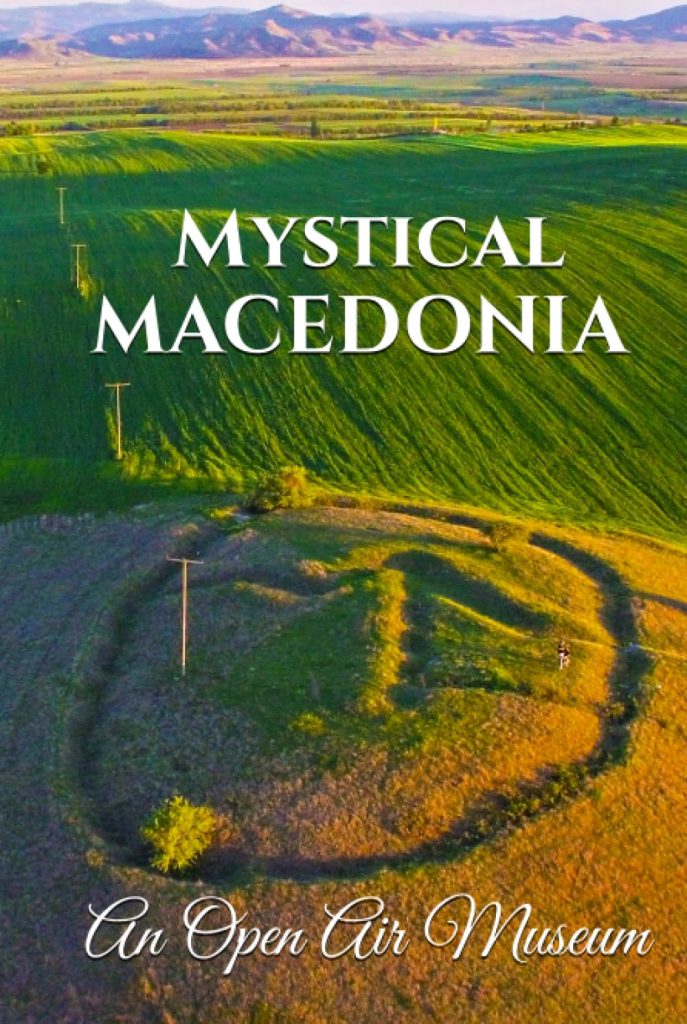All cities in Macedonia are situated in locations where organized life and ancient settlements have existed for a long time. The antiquity of Macedonia is confirmed not only by millions of written pages but also by the visible remnants of those ancient cities. And what human eyes can see in Macedonia, captivates and envisions. It envisions the strength, will, and knowledge of the people who created those ancient settlements in times past. Rarely in the world can one place reveal findings and remnants from all known eras and epochs of human civilization, from distant prehistory to the unfamiliar Middle Ages. Macedonia provides insights and experiences not only for interested visitors and tourists but also for explorers, scientists, travel writers, and even people in search of peace and tranquility. The peace and tranquility enabled by the natural resources and cultural heritage of these regions are invaluable, and the significance of antiquity for visitors in the 21st century is affirmed by the increased interest in ancient Macedonia. In Macedonia, many contemporary cities and villages provide access to visible remnants of antiquity, but only one city abounds with beauties that cannot be fully experienced during a short tourist visit, requiring generations of dedicated work for exploration and study. The Macedonian spiritual capital – the city of Ohrid, the ancient Lychnidos, the European Jerusalem of the 21st century – radiates even more strongly with its beauty and authenticity.
The challenges for the people living here have not disappeared over the centuries; each generation and each era bring challenges and trials that require confrontation, leading to the next evolutionary stage of humanity and the realization of the true potential of human civilization, blessed with the opportunity to live in Macedonia. For some, it’s the “apple of discord,” for others, a “Garden of Eden”; Macedonia is alive with millennia, and that vitality has allowed something of its glorious past to be preserved even in the 21st century. The blessings with which Ohrid abounds, however, are much more powerful than the destruction faced by the city and its people on both material and spiritual levels. The modern 21st century and human negligence have shown that, despite their destructiveness, they are not strong enough to entirely destroy the natural resources and cultural heritage that remind us of other times. And time is not linear; it’s spiraled…
Ohrid is the Macedonian city that has filled the thousands of pages in recent centuries. Scientific research, travelogues, news reports, military correspondence, and much more. Ohrid has attracted artists and photographers from ancient times, and they have left significant works over the past two centuries, allowing the present generation to see how Ohrid looked decades and even centuries ago. The art expressed in archaeological sites and churches is an additional reason for the assertion by the scientific community that the Renaissance began precisely in Macedonia. The vivid frescoes and mosaics visible in the 21st century testify to the ancient masters who had the opportunity to work in Ohrid. Translations and transcriptions of old books from the Ohrid Literary School testify to the intellectual activity in this city since long ago. Artifacts from the ancient and medieval Ohrid mint confirm the centuries-long tradition of rulership in these regions. Memories of Ohrid about the struggle of the Macedonian people for freedom and human rights remain strong even in the 21st century, and the immovable archaeological findings have been affirmed for generations to remind us of the power of that ancient past.
The old name of Ohrid was Lychnidos. Settlements like Lychnidos, Engellana, the records of Desareti and Engellani, the great lake, findings near Labino, Pansir, Deboj, and many other locations in and around present-day Ohrid confirm active life in antiquity. Archaeological evidence supports the continuity of civilization spanning many thousands of years – from prehistoric times to antiquity, early Christianity, and the Middle Ages. The remnants of this ancient fortified city are visible to this day, from Dolna Porta to Gorna Porta, where people lived even before our era. There are assumptions that suggest that Philip II of Macedon built the fortress. However, it’s entirely possible that large fortresses existed in this region even before those times, about which modern science lacks sufficient information. The significance of Lychnidos in antiquity is also reflected in the continuity of the Ohrid mint, which existed from ancient times to the Middle Ages.
Ohrid is renowned for the legend that “once upon a time, there were 365 churches here, one for each day of the year.” The visible remnants of old temples, archaeological sites confirming early Christian basilicas, and the numerous churches that can be seen in Ohrid testify to the glorious times of Justinian I, the Great Ohrid Archbishopric, and the strength of the Macedonian people, their faith, and gratitude towards a higher power. This higher power has spread the beauty and blessings here to infinity. From time immemorial, Ohrid has represented the spiritual capital of Macedonia…
From the book MYSTICAL MACEDONIA: AN OPEN AIR MUSEUM ALL RIGHTS RESERVED



2 Comments